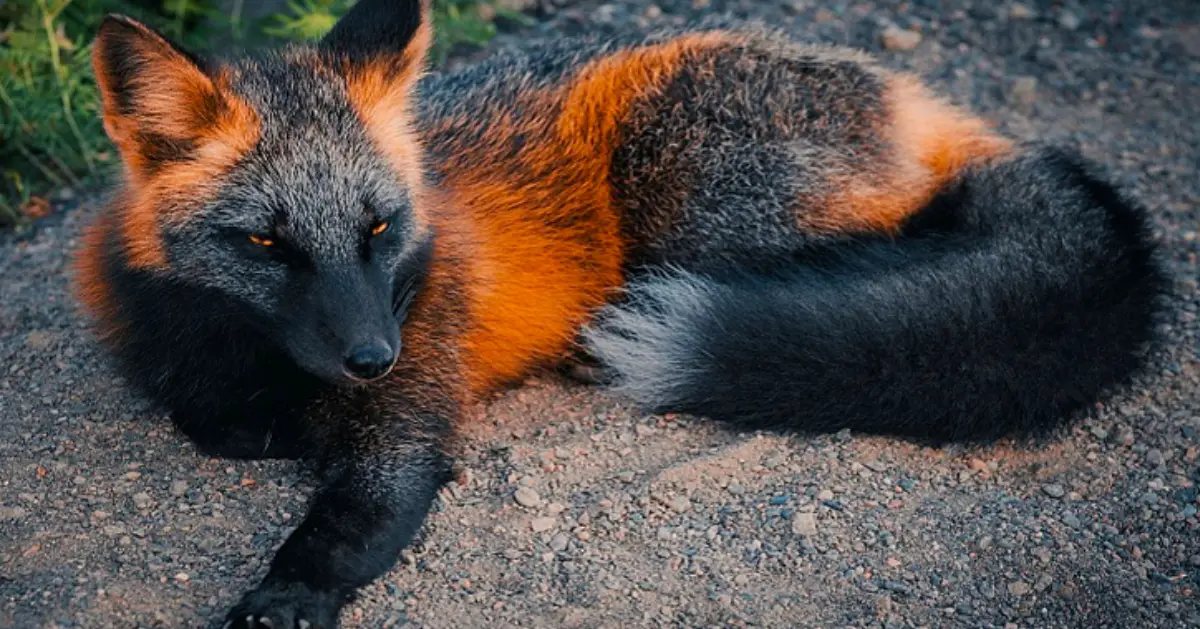When it comes to wonderful, breathtaking sightings wildlife never cease to amaze. And this majestic fox is definitely one of the Mother’s Nature most fascinating things. Due to a rare condition, the commonly red fur comes with some dark stripe, making those creatures a sight to behold!

Also known as the cross fox, the majestic creature has a unique feature because of a rare condition called melanism. Unlikely the albinism, who’s a lack of skin pigmentation, the melanism occurs because of the skin’s black pigmentation. And while most of the animals with this rare condition have a totally black fur, in this particularly situation things are a little different. Maybe that’s why they’re even more fascinating.

Even though cross foxes are incredibly hard to spot these days, things looked completely different in the past. According to wildlife experts, these majestic creatures were once roaming the North America in high numbers. Unfortunately, at the beginning oh the 20th century, due to a high demand of their fur, they almost went extinct.

The cross foxes share a lot of similarities with the red foxes. In fact, they only got a larger tail and of course a different fur colour. Their name was given due to a long dark stripe running down its back, intersecting another stripe to form a cross over the shoulder.

“Our first encounter was calculated, I was focused on how not to disturb this wild animal,” said photographer Sam Gaby, the one who encountered the unique animal in Newfoundland, Canada. “But at the same time, I was trying to assure him that I was not a threat.”

“He was unsure about my presence, each cautious step forward was followed by two steps back, and our first encounter didn’t last long,” Gaby said. “I moved slowly, but by the time I prepared my camera and locked eyes with him, he ran off.”

You can watch the rare melanistic fox, bellow:
Speaking of melanism, a few month ago an incredible black serval was spotted in the wild. The stunning snap of the secretive feline was captured by the British photographer George Turner in Tanzania.

